Lakhari Valley Wildlife Sanctuary, nestled in the stunning landscapes of Odisha, is a paradise for nature lovers and wildlife enthusiasts. Covering a vast area of 185 square kilometres, it serves as one of the most important elephant reserves in eastern India, providing a sanctuary for these majestic animals. The rich biodiversity of Lakhari Valley, with its diverse flora and fauna, combined with its untouched beauty, offers visitors an ideal escape. Whether you’re seeking to reconnect with the wild or explore Lakhari Wildlife Sanctuary activities, this destination promises an unforgettable experience.
Location
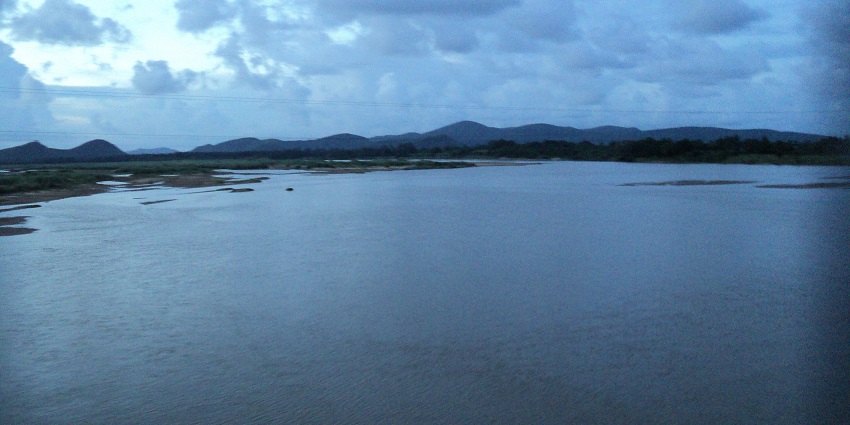
Photo: PP Yoonus / Wikimedia Commons / Image For Representation Only
Lakhari Valley Wildlife Sanctuary is located in the Ganjam district of Odisha, approximately 230 kilometres southwest of Bhubaneswar, the state capital. The sanctuary lies near the town of Paralakhemundi and is easily accessible from Berhampur, which is around 120 kilometres away. Geographically, Lakhari Valley is part of the Eastern Ghats, a range of mountains that run parallel to India’s eastern coast.
Suggested Read: Offbeat Places Near Puri
How To Reach Lakhari Valley Wildlife Sanctuary
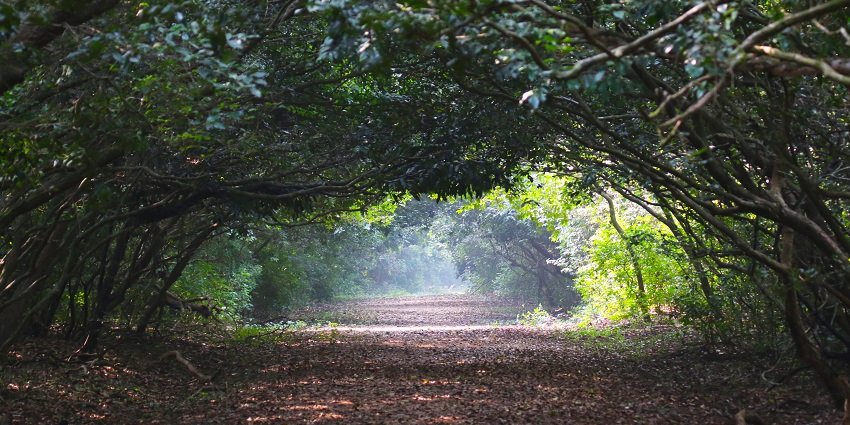
Photo: Rupeshsarkar / Wikimedia Commons / Image For Representation Only
By Air: The nearest airport is Biju Patnaik International Airport in Bhubaneswar, which is approximately 300 km from the sanctuary.
By Train: The closest railway station is Berhampur, which is well-connected to major cities in Odisha and India.
By Road: Lakhari Valley Wildlife Sanctuary is well-connected by road, and visitors can easily reach it by bus or taxi from nearby towns.
Places To Visit Near Lakhari Valley Wildlife Sanctuary
Here are the three must-visit places in and around Lakhari Valley Wildlife Sanctuary to elevate your experience:
1. Mohana Village
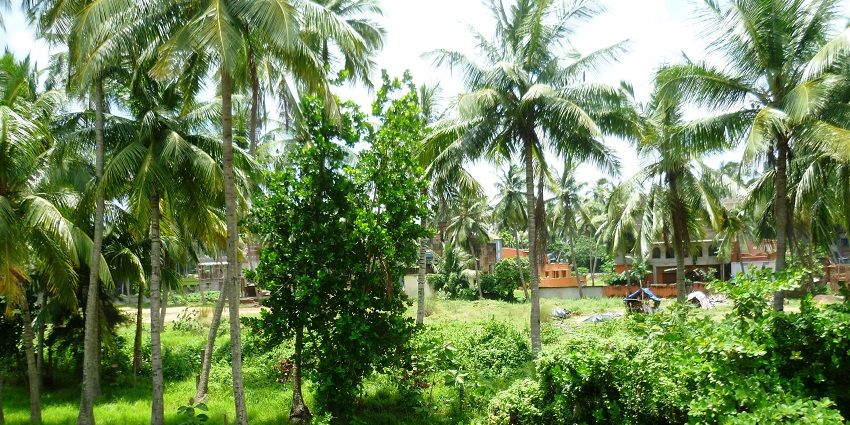
Photo: Radosław Botev / Wikimedia Commons / Image For Representation Only
Just outside the sanctuary, Mohana is a charming village known for its rich cultural heritage. Visitors can explore the local markets, where tribal artisans sell handmade crafts, pottery, and textiles. Participating in these festivals offers a glimpse into the traditional way of life in this region. Mohana is also a gateway to exploring the lesser-known parts of the Eastern Ghats, with several trekking routes that start from the village and lead into the dense forests.
Best Time To Visit: November to February
Suggested Read: A Complete Guide to the Tribal Museum Bhubaneswar
2. Mahendragiri Hill
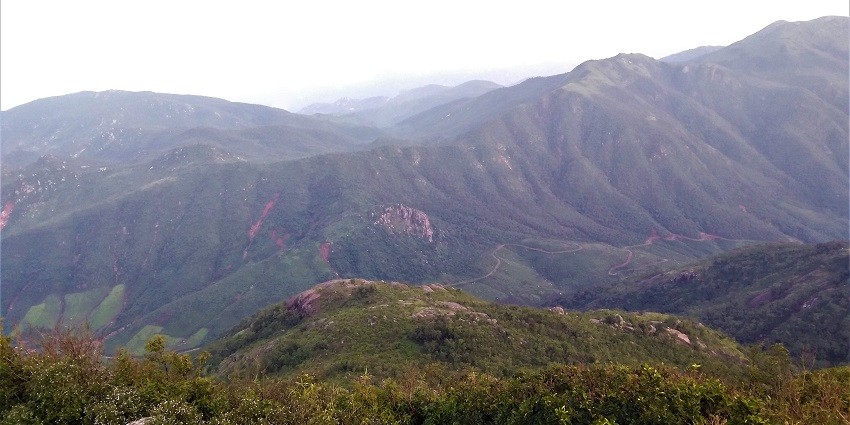
Photo: Vsvlss / Wikimedia Commons
Located about 40 kilometres from the sanctuary, Mahendragiri Hill is a popular trekking spot. Standing at an elevation of about 1,501 metres above sea level, Mahendragiri is the second-highest peak in Odisha. The hill is steeped in mythology and is believed to be associated with the epic Ramayana. According to legend, it was on this hill that Lord Parashurama, an incarnation of Vishnu, meditated.
Best Time To Visit: October to February
3. Taptapani Hot Springs
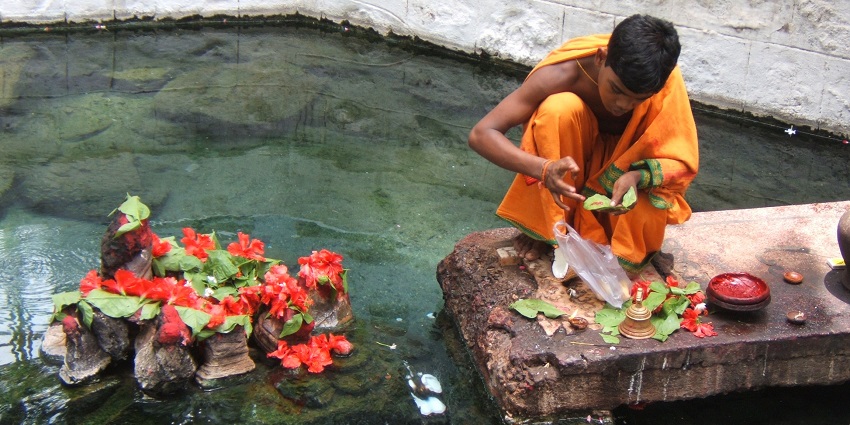
Photo: Ilya Mauter / Wikimedia Commons
Approximately 100 kilometres from the sanctuary, Taptapani is famous for its natural hot springs. The name ‘Taptapani’ itself means ‘hot water,’ and these springs have been a popular attraction for centuries. The water in these springs is believed to have therapeutic properties, making it a sought-after destination for those looking to relax and rejuvenate. Taptapani is also home to a temple dedicated to Goddess Kandhuni, where devotees often bathe in the hot springs.
Best Time To Visit: October to March
Suggested Read: Things To Do At Sudam Sand Art Museum
Things To Do In Lakhari Valley Wildlife Sanctuary
Here’s a list of unmissable things to do in this wildlife sanctuary to experience this natural reserved to its best:
1. Wildlife Safari
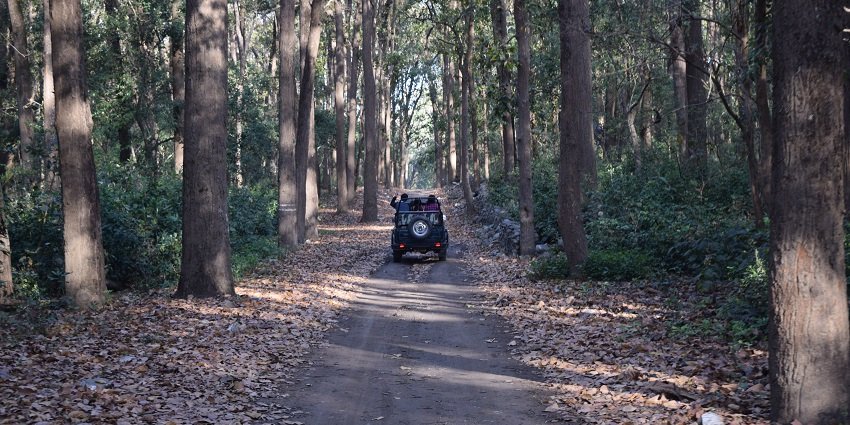
Photo: Dushyant Kaushik / Wikimedia Commons
Embark on a thrilling safari through the sanctuary to spot elephants, leopards, and various species of deer. The guided tours offer insights into the sanctuary’s ecosystem and the conservation efforts in place.
2. Bird Watching
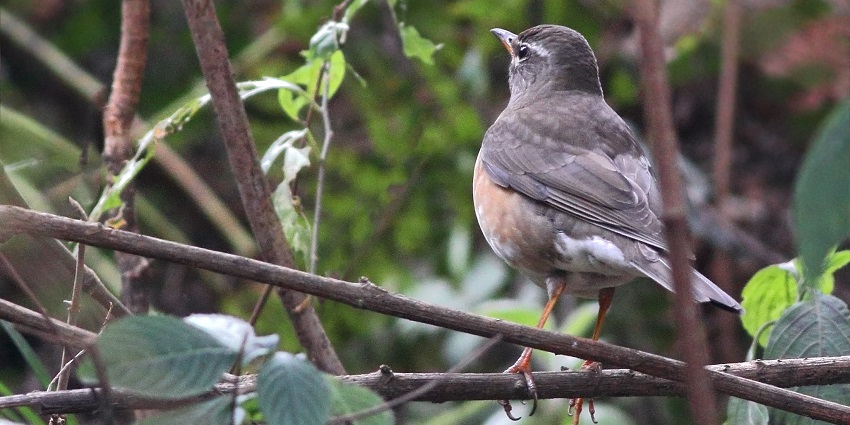
Photo: Dibyendu Ash / Wikimedia Commons
Lakhari Valley is a paradise for birdwatchers, with numerous species of migratory and resident birds. Early morning or late afternoon are the best times to catch a glimpse of these feathered creatures.
Suggested Read: Hot Springs In Odisha That You Must Visit
3. Nature Walks
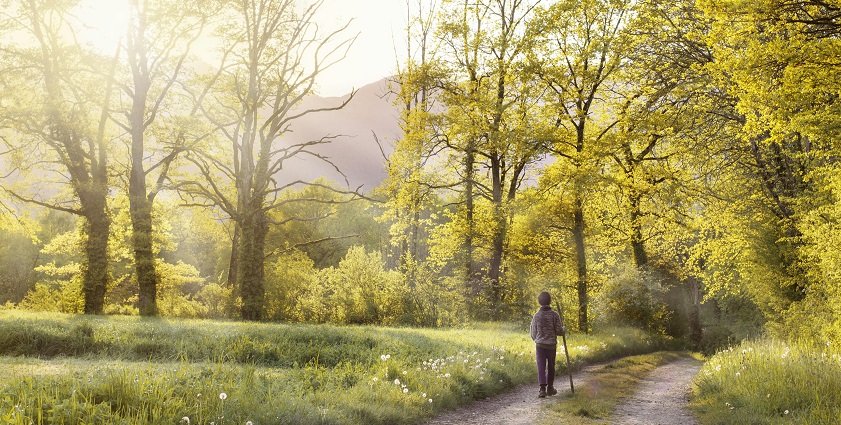
Photo: Pixabay / Pexels / Image For Representation Only
Take a leisurely walk through the dense forests, where you can enjoy the serene surroundings and discover the region’s diverse flora and fauna. Guided nature walks are available for those interested in learning more about the local ecology.
Where To Stay

Photo: Pixabay / Pexels / Image For Representation Only
Accommodation options near Lakhari Valley Wildlife Sanctuary include government-run guesthouses, eco-resorts, and budget hotels. The sanctuary itself has a forest rest house, offering basic amenities and a chance to stay close to nature. For those seeking a more luxurious stay, options are available in Berhampur and Paralakhemundi.
Suggested Read: Udayagiri And Khandagiri Caves
Where To Eat
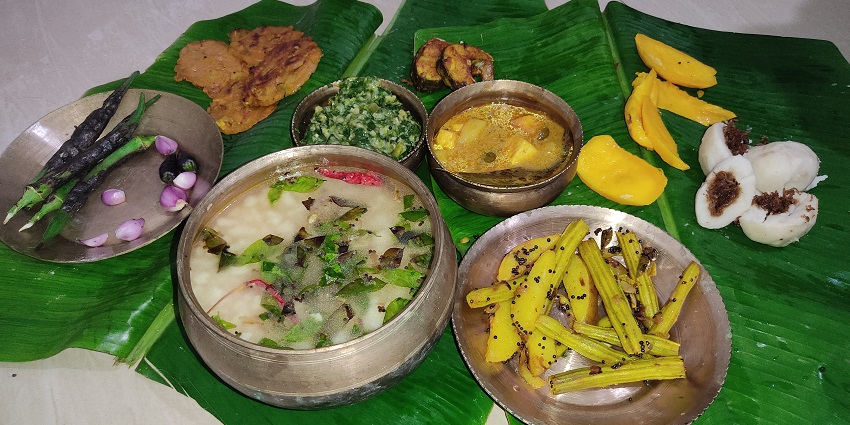
Photo: Subhasmita behera / Wikimedia Commons
Dining options within the sanctuary are limited, so it is advisable to carry your food or plan your meals in nearby towns. Berhampur and Paralakhemundi offer a range of restaurants like Atithi restaurant, Squares, and Olive restaurant, serving local Odia cuisine, including dishes like dalma, chhena poda, and various seafood delicacies.
Best Time To Visit
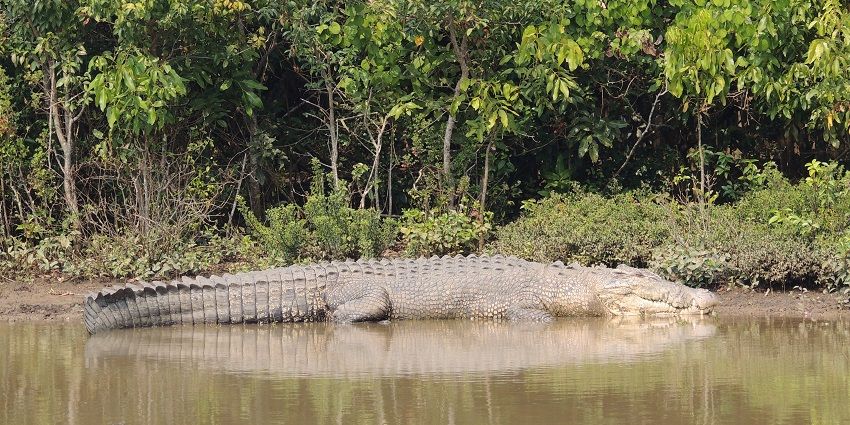
Photo: Bibhudutta1234 / Wikimedia Commons / Image For Representation Only
The best time to visit Lakhari Valley Wildlife Sanctuary is from October to March, when the weather is pleasant, and wildlife sightings are frequent. The monsoon season sees the sanctuary covered in lush greenery. In summers early morning and late evening safaris are enjoyable.
Suggested Read: Kala Bhoomi Odisha Crafts Museum
Other Factors To Consider
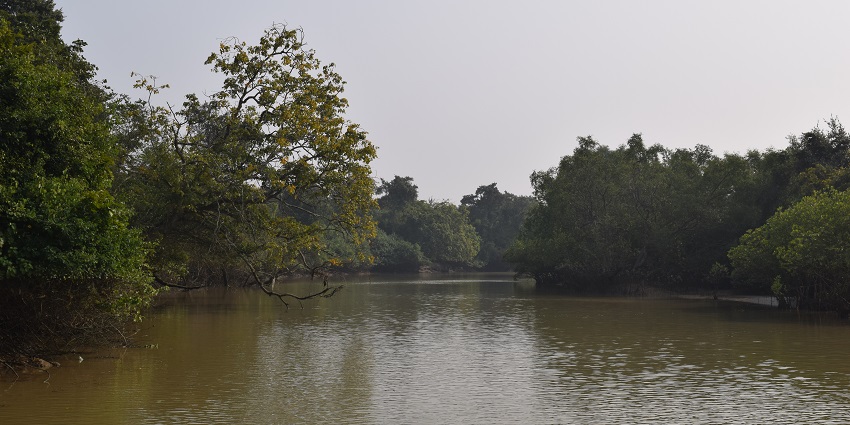
Photo: Smitha G S / Wikimedia Commons / Image For Representation Only
Permits
Visitors must obtain permits to enter certain areas of the sanctuary. It is advisable to check with local authorities or your guide beforehand.
Guides
Hiring a local guide is recommended for a more informative and safe experience. Guides can provide valuable insights into the wildlife and history of the sanctuary.
Average Cost Of the Trip
A trip to Lakhari Valley Wildlife Sanctuary can range from ₹5,000 to ₹15,000 per person, depending on the mode of travel, accommodation, and activities chosen.
Tips For Travellers
- Always carry sufficient water and snacks, as facilities within the sanctuary are limited.
- Respect the wildlife and follow the guidelines provided by your guide to ensure a safe and enjoyable experience.
- Avoid using plastic and dispose of any waste responsibly to help maintain the sanctuary’s pristine environment.
- Make sure to book accommodation and permits in advance, especially during peak season.
- Carry a pair of binoculars for better wildlife viewing, as animals are often seen from a distance.
- Keep noise levels to a minimum to avoid disturbing the wildlife.
- Be patient during safaris and nature walks, as wildlife sightings can sometimes take time.
- Protect yourself from the sun by wearing sunscreen, sunglasses, and a hat, especially during the summer months.
Lakhari Valley Wildlife Sanctuary is a hidden gem in Odisha, offering an immersive experience in nature’s lap. Whether you’re seeking adventure or tranquillity, Lakhari Valley is a destination worth exploring. Its rich biodiversity, combined with the cultural and historical significance of the surrounding areas, makes it a must-visit for nature lovers and history buffs alike. Embark on a hassle-free adventure today—book your trip with Trip XL!
Cover Photo: Satyesh.naik / Wikimedia Commons


 WhatsApp
WhatsApp
 Twitter
Twitter









